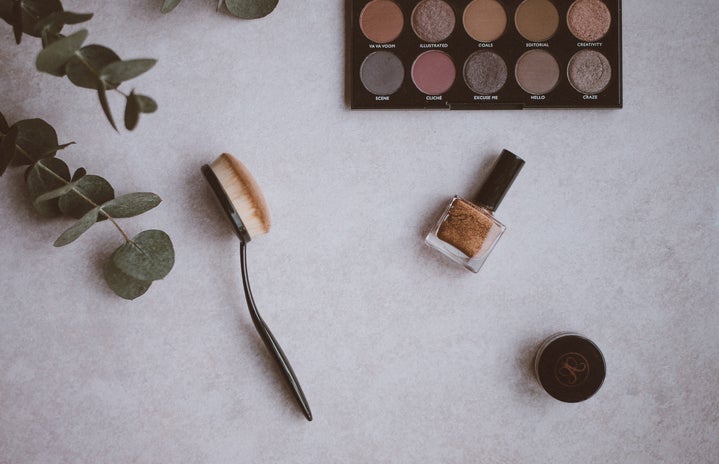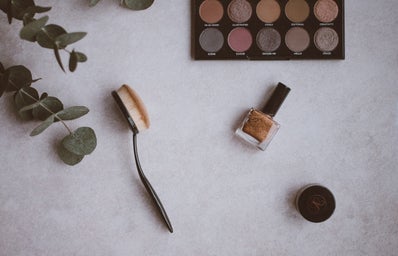It sounds too good to be true: a diamond hard, ever shiny and vibrant nail polish that lasts, on average, over two weeks.
Unfortunately, gel manicures might actually be too good to be true. The nail polish, which traditionally consists of a base coat, two to three coats of colors, and a top coat, cured beneath a UV light between every coat, is rapidly gaining popularity in American salons thanks to advances in technology making them longer lasting, and the availability of more colors. At-home kits are also seeing a surge in sales, both thanks to inexpensive UV lights and light-free gel kits.
Although they are rising in popularity and accessibility, it is still too early to tell if the health risks- both proved and potential- associated with regular gel manicures are worth the glamour.
There are some minor health risks already known to be caused by gel manicures. “If you have them redone too many times in a row, they weaken your nails,” said Courtney Rose Hasner, a high schooler teacher who indulges in occasional pre-vacation manicures, “But once I do it, I don’t have it redone. I let my nails grow out and regain their strength.”
“Gel manicures have been shown to make nails brittle and up to 50% thinner, at least temporarily,” said Dr. Jessica Wu, who has published articles on the effects of gel polish on nail bed health. She attributes this to the removal process, which, if done properly, requires the entire finger tip be soaked in acetone until the polish sloughs off, usually between five and ten minutes. More often than that, impatient wearers peel off polish at the first sign of a chip, taking with it the very top layer of the nail.
Although these manicures can last for up to four weeks, it is important to remove them once every two weeks in order to take a look at the nail bed.
“In general, any manicure left in place for an extended period of time is not a good idea because you are not seeing what is going on underneath the nail polish,” said Dr. Chris Adigun in an American Academy of Dermatology news release. Leaving polish on for too long might mask yellowing or cracking of the nail bed, which could signify an infection or vitamin deficiency.
The main concern over gel manicures are tied to the curing method. Most salon gel manicures, as well as some of the higher-end at home kits utilize a small UV lamp in order to cure the gel into the hard shellac its known for. The time under the lamp is short (for a Gelish at-home gel kit, the total time per hand under the lamp would not exceed two and a half minutes, and most salons limit time to under five minutes).
A joint study conducted by Massachusetts General Hospital and Brown University and published in the Journal of Investigative Dermatology found that in order for the UV exposure caused by the manicures to even come close to the dose given during a psoriasis light treatment (an amount considered medically safe), a person would have to get anywhere between 13,000 and 40,000 manicures, depending on the light. That would mean 500 years worth of gel manicures if you replaced it every two weeks.
What that means is indulging in an occasional manicure, or ever getting them religiously “”does not produce a clinically significant increased risk of developing skin cancer,” according to the study.
If the threat of UV exposure is still a concern, wearing a pair of gloves with the tips cut off, or applying a thin coat of sunscreen fifteen minutes before going under the lamp can help negate any effects of the light. Alternatively, some salons are offering gel manicures cured by LED lights, which generate even less UV exposure.
For many, the benefits of a long lasting, perma-shiny manicure outweigh the risks.
“If I do my nails with the gels then I know it’ll stay on during volleyball practice and gym, but the regular nail polish just chips off,” said Elizabeth Kausch, a suburban middle schooler who does her nails at home using a mini-UV light she got as a gift. Without the at-home kit, she would not be able to afford gel manicures, which cost about $50 at her local salon. The at-home kit, which she has had for three years now, cost $100, with each new bottle of polish costing $10.
“I like the gel much better,” agreed her mother, Barbara, who is not a user of any type of nail polish. “The regular polish always chips, but I know when she does the gels she’ll look nice.”

